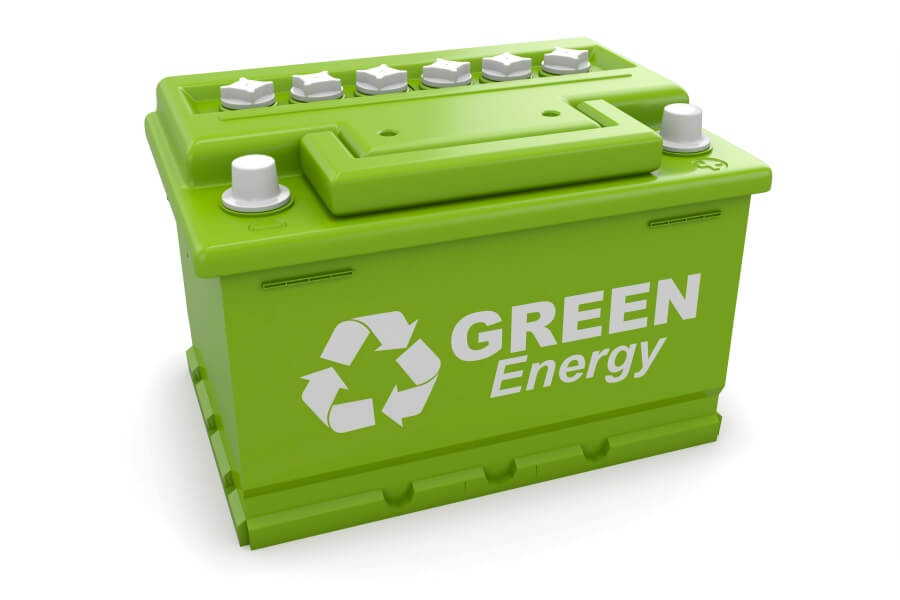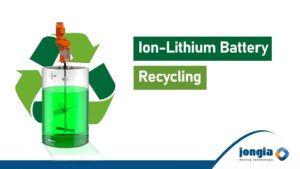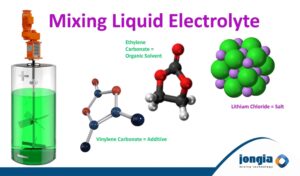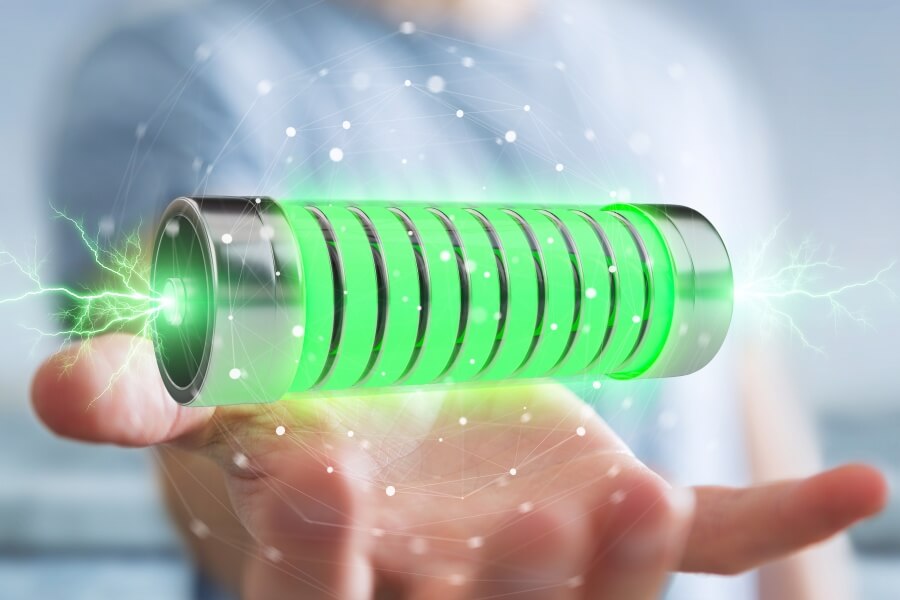
Batteries
Many years of experience and Bio-based applications enabled Jongia to propel in the new and fast growing business area of the Energy market. Jongia’s stirring and mixing equipment comply with extreme criteria concerning emission values, shaft alignment tolerances and rotational accuracy.
Battery Chemicals with Jongia Mixing Technology!
Battery chemicals can be grouped under three main categories,- electrolytes for secondary lithium-ion batteries,
- electrolytes for primary lithium batteries,
- electrolytes for super-capacitors.
The newest energy markets require Mixing Technology at the lowest power consumption

Electroclyte for one million electric cars
Applications
Batteries explained
The chemistry of a battery

Energy – Contacts

Tom Pruymboom
Sales Director
Area Worldwide

Jan Siert Tjeerdsma
Project manager
Technical Specialist
Energy – Related Articles

Is Sodium-Ion the next generation sustainable Battery?
The sodium-ion battery (NIB or SIB) is a type of rechargeable battery that uses sodium ions (Na+) as its charge carriers. Its working principle and cell construction are almost identical with those of lithium-ion battery (LIB) types, but replace lithium with sodium.

What is the recycling process for lithium
Current commercial lithium ion batteries mainly contain transition metal oxides or phosphates, aluminum, copper, graphite, organic electrolytes containing harmful lithium salts, and other chemicals. Therefore, the recycling and reuse of spent lithium ion batteries has been paid more and more

Mixing Electrolyte for Ion-Lithium Batteries
Electrolyte as basis for Ion-Lithium Batteries plays a key role in transporting the positive lithium ions between the cathode and anode, and consequently the charging and discharging performance of the battery. Hence, it needs to be checked for potential impurities.








